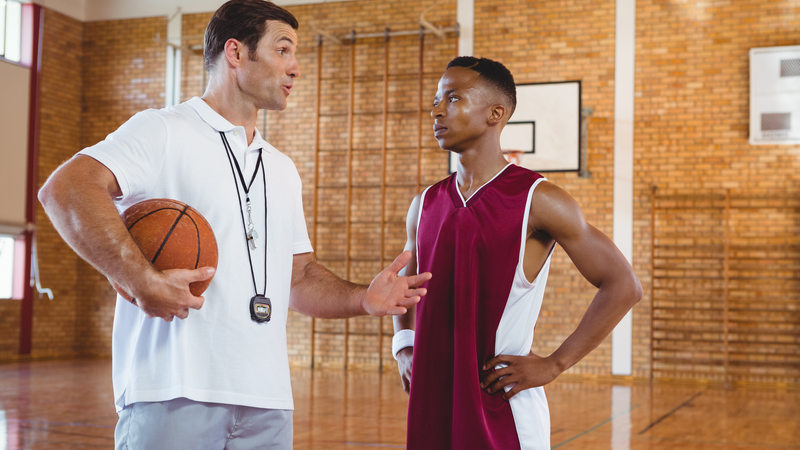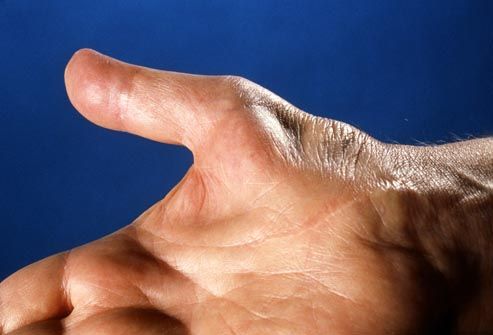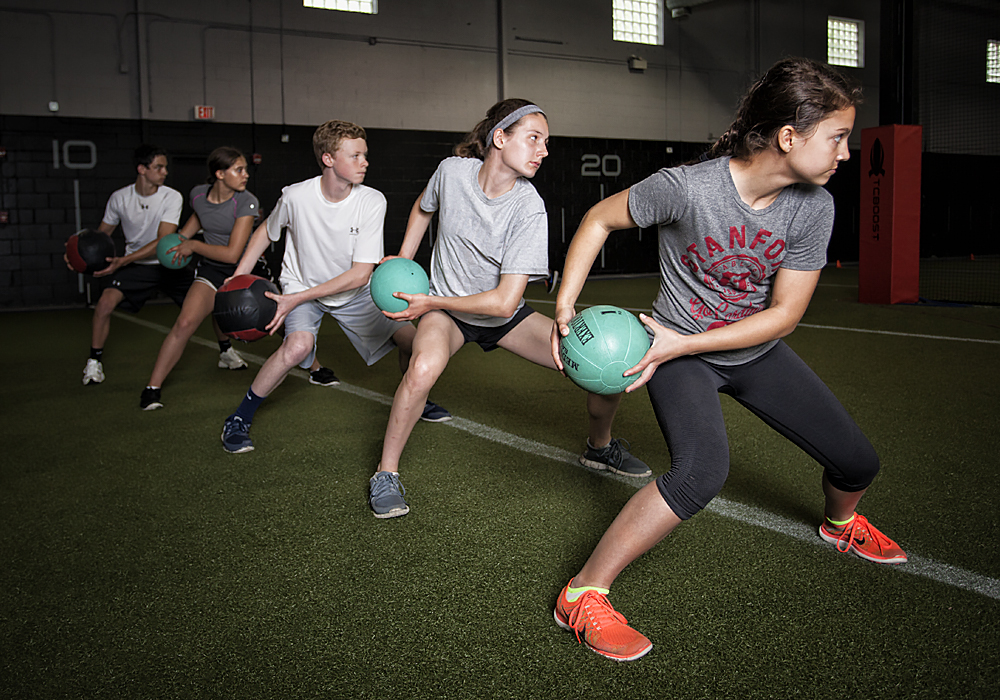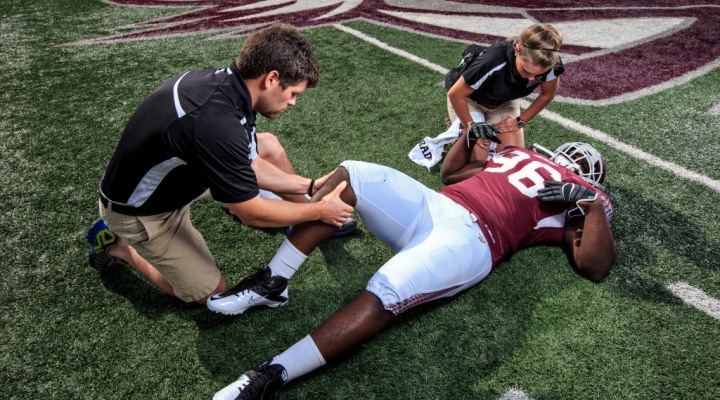It often takes basketball players much repetition to assimilate a perfect technique and make movements seemingly instinct-based. A lot happens in a typical ballgame, and players must bank on muscle memory to make that pull-up jumper or bring the ball down the court. Hereunder are drills for key facets of the game—shooting, ballhandling—according to sports training enthusiast Ryan Shephard.

The first drill involves using a tennis ball to develop one’s ball handling. Commence by using a basketball in one hand and a tennis ball in the other. Dribble the basketball as strong as you can, allowing it to reach your waist level. Then use the tennis ball on the other hand, underhand-tossing it toward your nose but not over your head. Catch the ball with your hand on top. Switch hands after doing these 15 times.
For shooting, attempt shots from five spots on the floor, namely one corner, the wing, the top of the key, other wing, and other corner. You’ve to make three shots in a row before you can move on to the next spot. As you cycle back, you’ve to make two shots in a row from each spot and make one shot from each spot in a row, allowing you to finish with five made shots per row. Most NBA players aim to do this within two minutes, but you can work your way from a beginning set time of five minutes.

Finally, a drill that combines shooting- and endurance-training is to take five shots from the midrange: one short corner, wing, free throw line, the other wing, and other short corner. You’ve to make five out of seven per spot before moving on, but if you fail, you’ve to run up and back the entire court and move back a spot. Once you’ve completed all five midrange shots, take the same shots from above the three-point line. If this is too difficult at first, begin with a lower shot-making percentage like three or four in seven tries, Ryan Shephard adds.
Ryan Shephard is a University of Michigan student who hopes to become an expert sports rehab and training professional someday. More an Ryan and his interests here.






